Indoor plants to make a living room smell nice – 9 fragrant options that might surprise you
Scent your living space naturally using beautifully fragrant houseplants


The importance of scent in a home cannot be underestimated. It can welcome us into a space, set a mood, and evoke memories. There are lots of different things people with nice smelling living rooms always do, including adding a signature scented candle, cleaning rugs often, and ensuring good ventilation. But for me, there is nothing better than entering a room and smelling the subtle, natural fragrance of an indoor plant.
It’s important to note that the fragrance from indoor plants usually comes from their flowers, and most will not be in flower at all times of the year, offering only seasonal scent. In order to make sure they do flower, they will require a warm, bright and sunny spot in your living room, so try to consider the conditions and aspect when selecting the best plant for your space.
There are, of course, some plants, including many herbs and pelargoniums, which have exquisitely scented foliage. Unless it's a particularly warm day, you'll usually have to brush up against or rub the leaves in order to release the fragrance into the room. Based on my many years of nurturing houseplants and growing herbs indoors, I've selected nine of the best scented indoor plants to give your living room a fresh, botanical aroma.
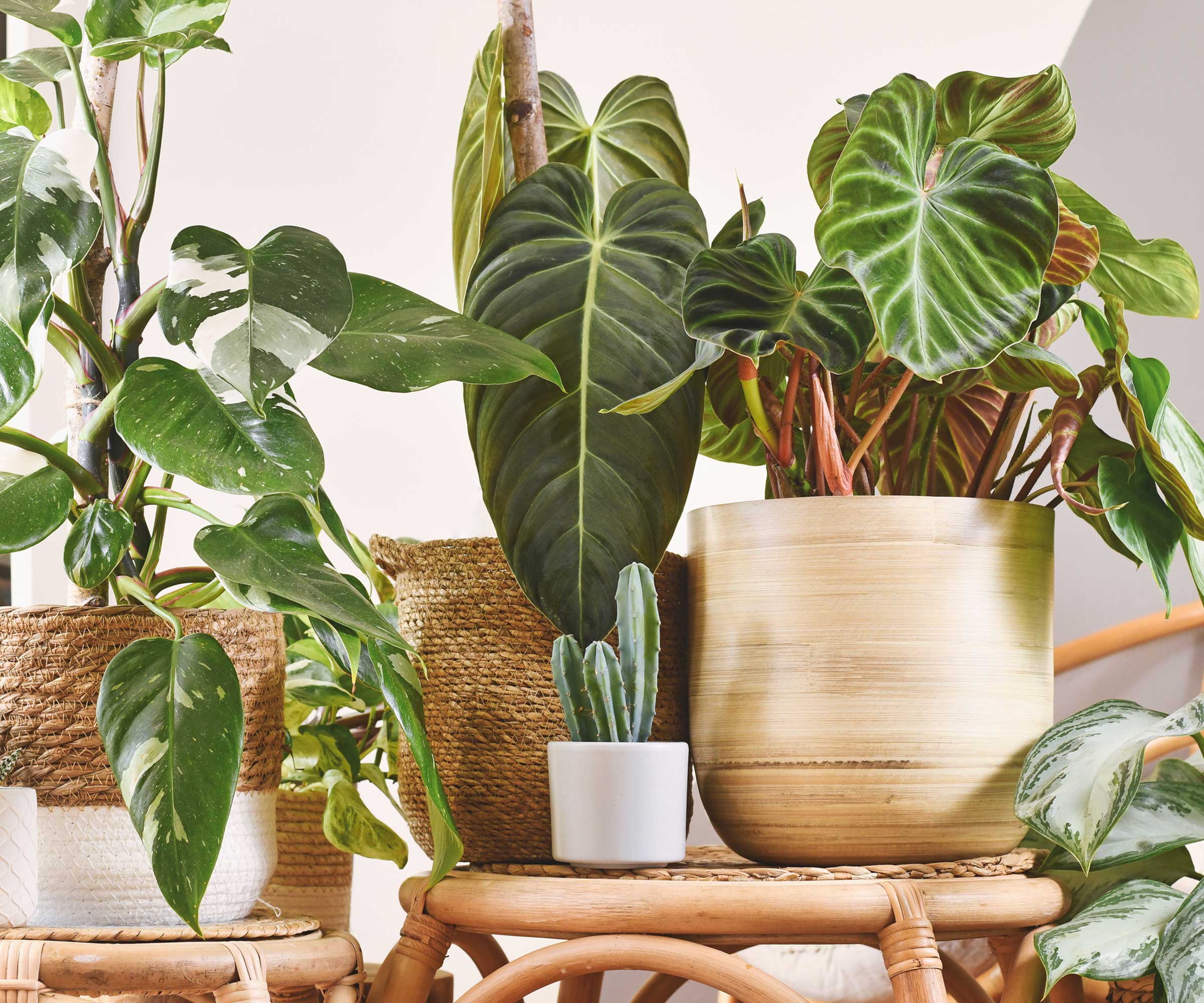
9 of the best indoor plants to make your living room smell nice
As with all houseplants, be sure you can provide the right positioning, light and temperature requirements for whichever plant you choose to give them the best chance of thriving.
Scented pelargoniums
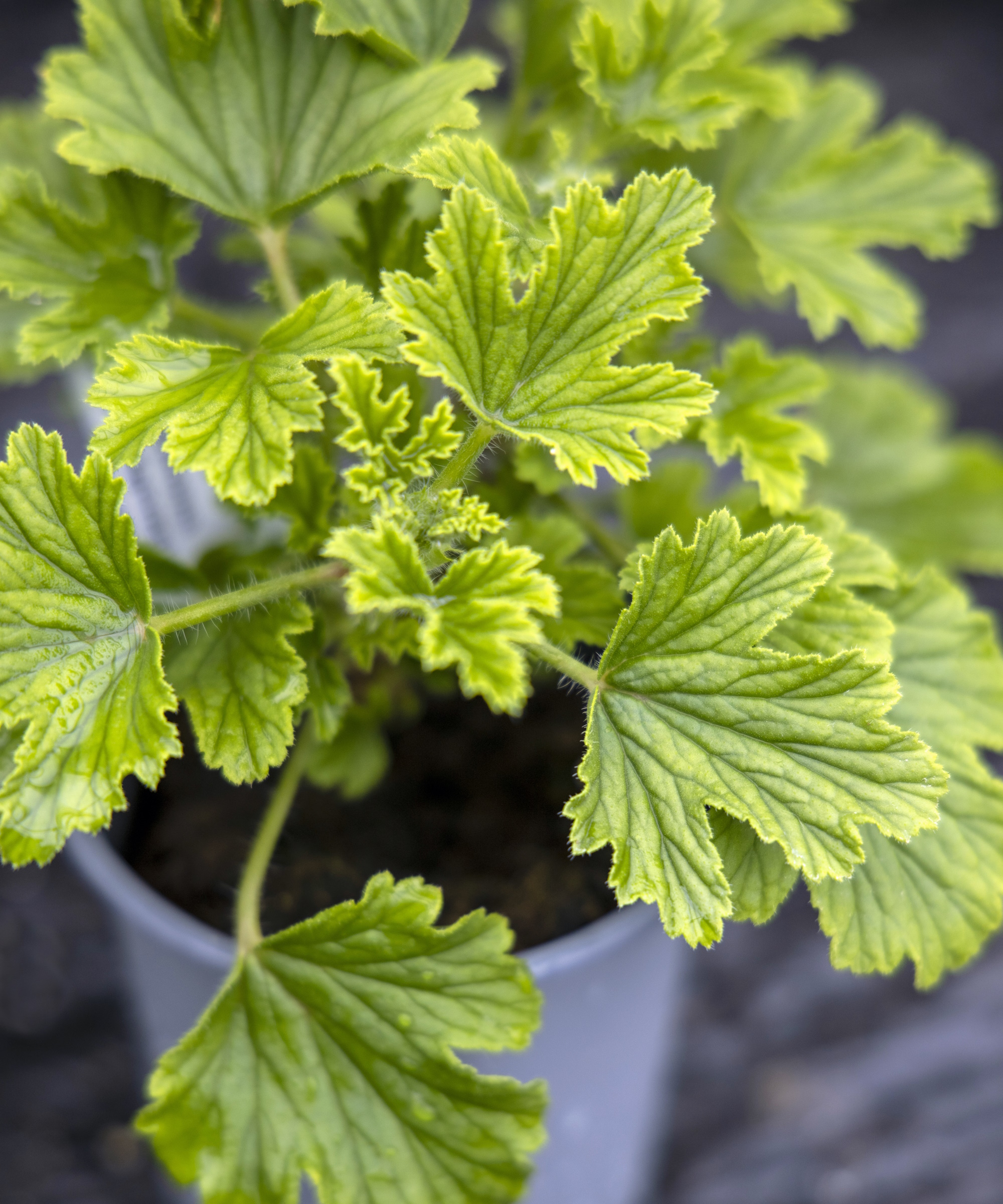
There is something really quite special about the zesty, botanical scent from the foliage of pelargoniums - or geranium leaf. I associate it with a fresh, lemon scent, but the leaves can also produce a rose fragrance. Often used as a natural ingredient in hand creams and soap, this uplifting scent has the potential to transform a room.
Pelargoniums are most commonly planted outdoors in flower beds, but they also work really well in containers and can be successfully grown as indoor plants. You can deadhead geraniums to encourage more blooms during flowering season.
They prefer a light, loamy soil mix with good drainage. These plants will benefit from eight hours of sunlight a day, and their roots prefer to be snug in a pot, so no need to give them too much room.
Design expertise in your inbox – from inspiring decorating ideas and beautiful celebrity homes to practical gardening advice and shopping round-ups.
Stephanotis

Also known as bridal wreath, or Madagascan jasmine, stephanotis has tiny cube-shaped flower buds which burst open into star-shaped flowers and carry the heady scent of jasmine.
Similar to jasmine, it is a vine plant with dark, glossy foliage, and is best grown indoors on a trellis or against a structure that it can climb up or over.
Flowers can be encouraged by growing this plant in a warm, bright living room, with lots of direct sunlight. It may also appreciate a feed with a a potassium-rich liquid fertiliser over the summer, which should help it re-flower the following year.
You can find stephanotis plants available at Walmart.
Gardenia
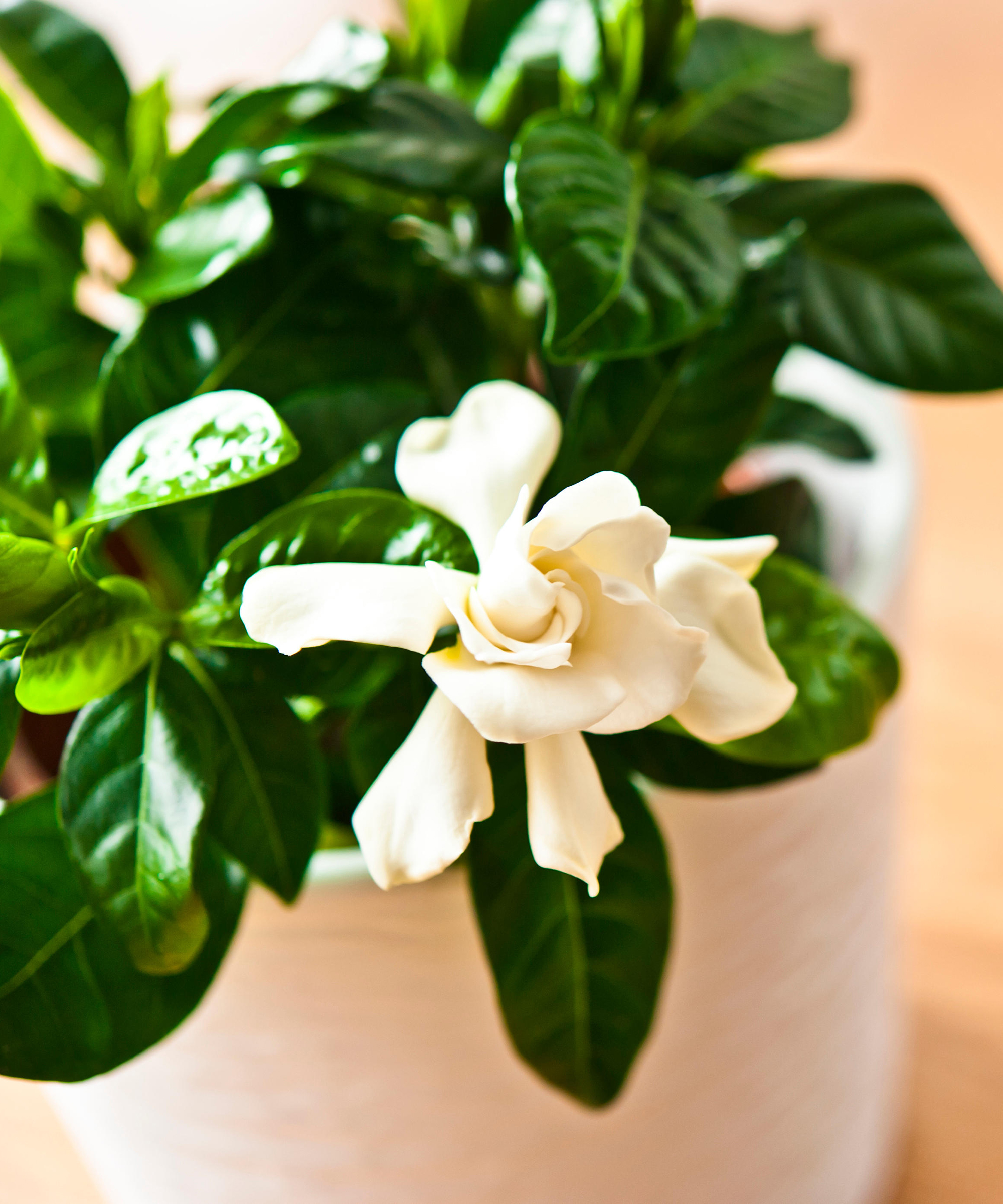
Gardenia plants really are renowned for producing heady floral scents in the backyard, ranging from peach to vanilla. But did you know you can also grow them indoors as houseplants?
Caring for a gardenia indoors does require some expert knowledge and attention, but get the ideal conditions right and these plants reward profusely.
'Gardenias are tropical plants, and as such they love a warm, humid atmosphere in which to grow,' says Thomas Rutter, gardener and content editor for Homes & Gardens. 'These plants crave attention, and would definitely benefit from a fortnightly feed during the spring and summer with an acid-rich fertilizer, such as this Miracle-Gro fertilizer for acid-loving plants.' They do not like to dry out, and would benefit from regular misting.
You can find the 'August Beauty' gardenia variety at Nature Hills.

Thomas is a Content Editor within the Gardens Team at Homes and Gardens. He has been working as a gardener and garden writer for several years. Whilst completing his Horticultural Traineeship at the Garden Museum, London, he was able to gain experience at many of the UK's world-famous gardens, including Sissinghurst, Lowther Castle, and Iford Manor. Following this, he worked for two private estates in Tuscany, Italy.
Jasmine
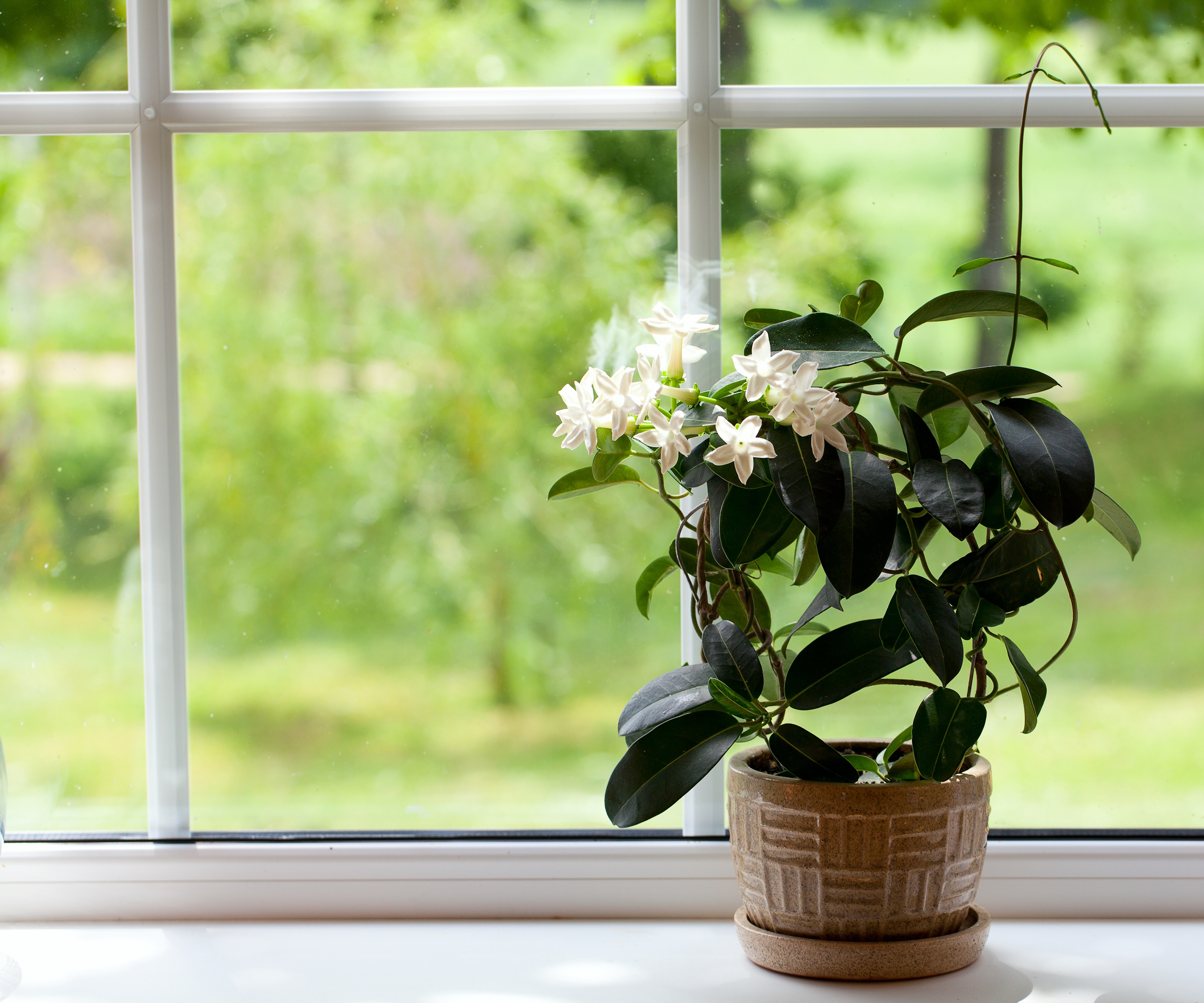
Jasmine is very well known for it's rich, floral fragrance, and it is entirely possible to enjoy this indoors, too. Both Jasminum officinale - or common jasmine - and Jasminum sambac can be grown indoors, and are often used in herbal tea. Jasminum polyanthum, also known as pink jasmine, available at Walmart, will also work as an indoor plant.
Similar to gardenias, growing jasmine in pots require a warm environment and a slightly acid soil mix. Most will want to grow along a support or be trained along a trellis. I used to buy jasmine plants a lot when I worked as a florist, and they always came with supports in the pot.
You can prune jasmine vines right after flowering, to encourage blooms next year. These plants do require a dormant period through fall and winter, in order to successfully rebloom the following year.
String of hearts
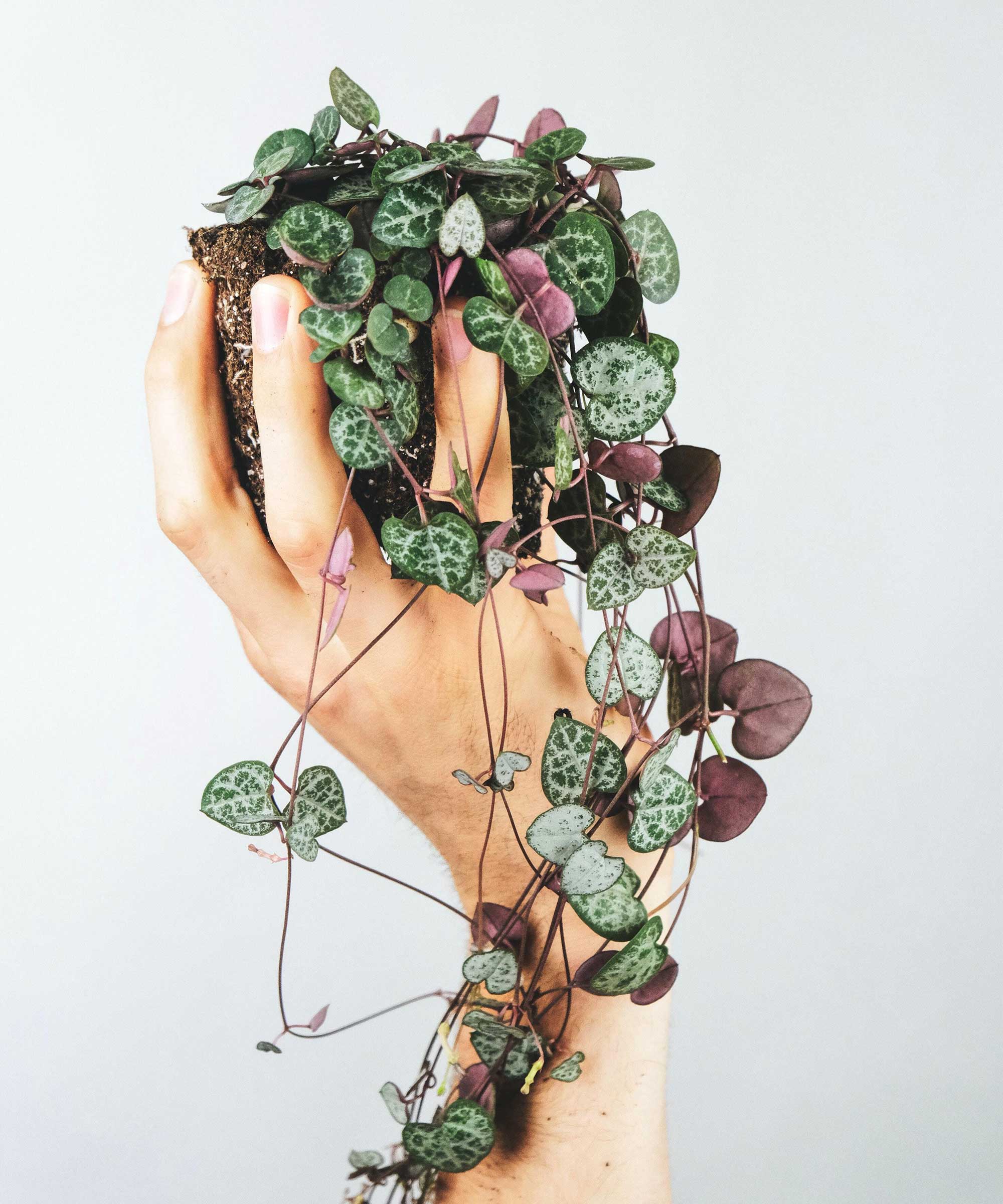
This one might come as a surprise, and I will caveat it by saying you might need a few of them to be in flower at once to really notice the scent they produce.
However, during the summer months, these delicate trailing houseplants produce minuscule trumpet-like flowers, which are pale pink in color. I remember the first time I saw them on my string-of-hearts plant about three years after I had first brought it home. I had to look twice, but when you get close to them the scent of nutmeg and vanilla is unmistakeable.
If your houseplants unexpectedly produce flowers, it's a sign they are happy and growing in optimum conditions. One of my large Chinese money plants now flowers ever year, producing an arrow-like stem covered in tiny blooms. You have to get pretty close up, but it does have a subtle scent to it, and looks beautiful, too.
Position your string-of-hearts plants high on a shelf to encourage them to grow and bloom, and once they do it will give the scent a better chance of infusing around the room.
Pansy orchid

This variety of orchid - Miltonia, or pansy - emits a subtle floral fragrance when in flower, and would add certain elegance to a living room.
There are both warm and cool-weather miltonia orchids, so I would advise checking at wherever you purchase one to be sure what you are buying, as their care requirements differ slightly.
Warm-weather pansy orchids prefer a humid environment, while the cool-weather ones do best in bright, indirect light in moderate room temperatures. They are easy to care for, and you can let them dry out almost entirely in between waterings. Our orchid care for beginners guide has all the care tips and tricks you need.
They flower for up to six weeks, so you can always move your pansy orchid to a bathroom or kitchen windowsill once the flowers are spent and replace with another from this list in your living room.
Lemon balm
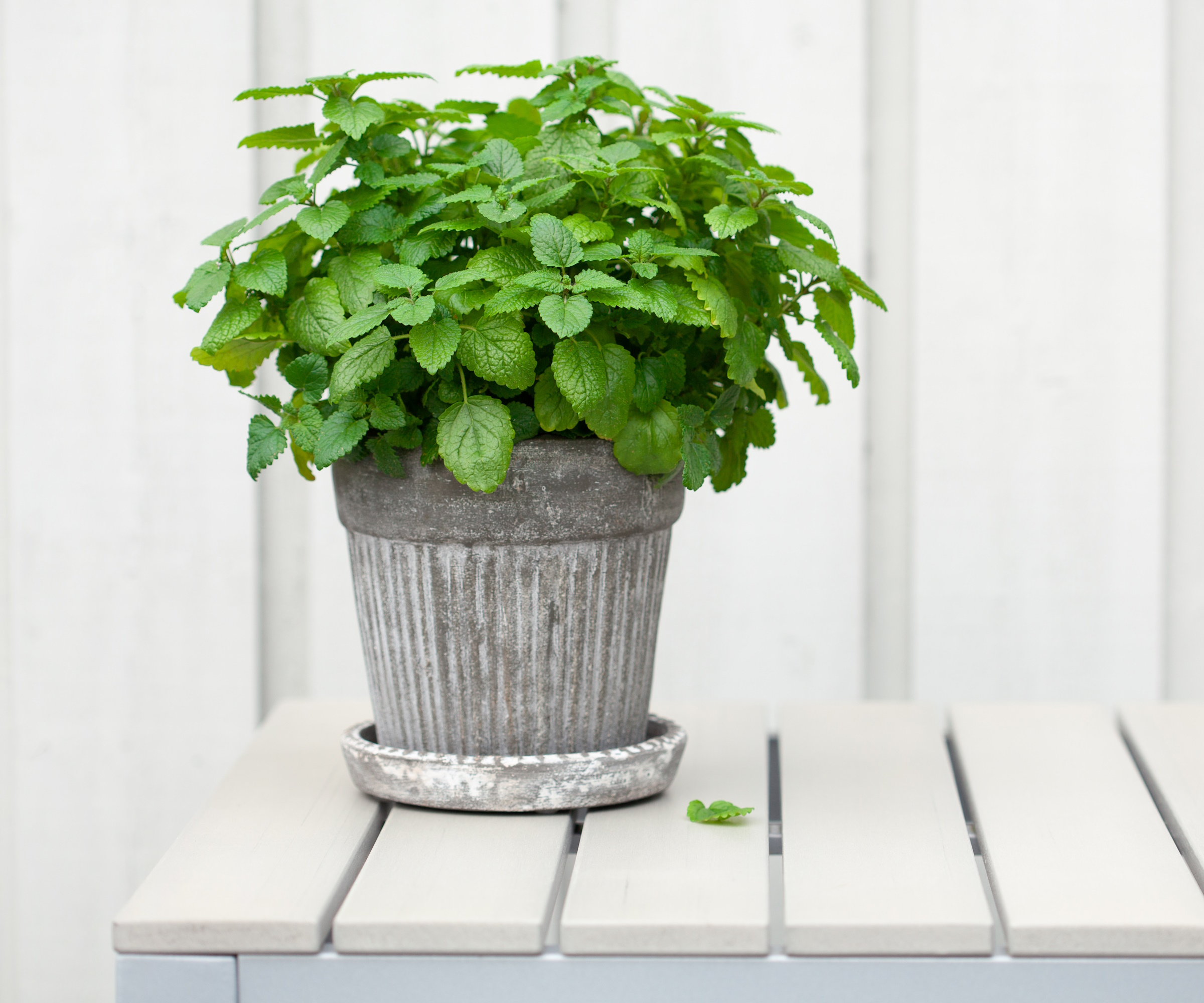
There will always be lemon balm in my backyard, as it is one of my favorite herbs, but until recently I hadn't thought about it working as an indoor plant.
'This is a really low-maintenance plant to grow indoors,' says Thomas Rutter. 'All it needs is a sunny windowsill, well draining soil and a pot with drainage holes in it. Be careful not to over-water lemon balm, as it doesn't respond well to being too wet. Simply water conservatively to avoid saturating the pot.'
Place it by a doorway, so that you can gently brush past it on entering your living room to release it's deliciously citrus aroma. You can also take a few leaves and steep them in a shallow bowl of warm water to release its fragrance in the room.
You can find lemon balm plants available at Walmart.
Sweet begonia

Certain varieties of begonia, such as the 'tea rose' are lightly fragranced, and when combined with their vibrant, pink blooms, would look lovely as a table centerpiece or placed on a fireplace in a living room.
Begonias a really simple to care for as an indoor plant. They like indirect light, and can even tolerate lower light conditions. Water moderately, and only once the top inch of soil is try, as with many other houseplant varieties.
You can remove the spent flowers to direct the plant's energy into creating new blooms and healthy foliage.
Potted citrus trees
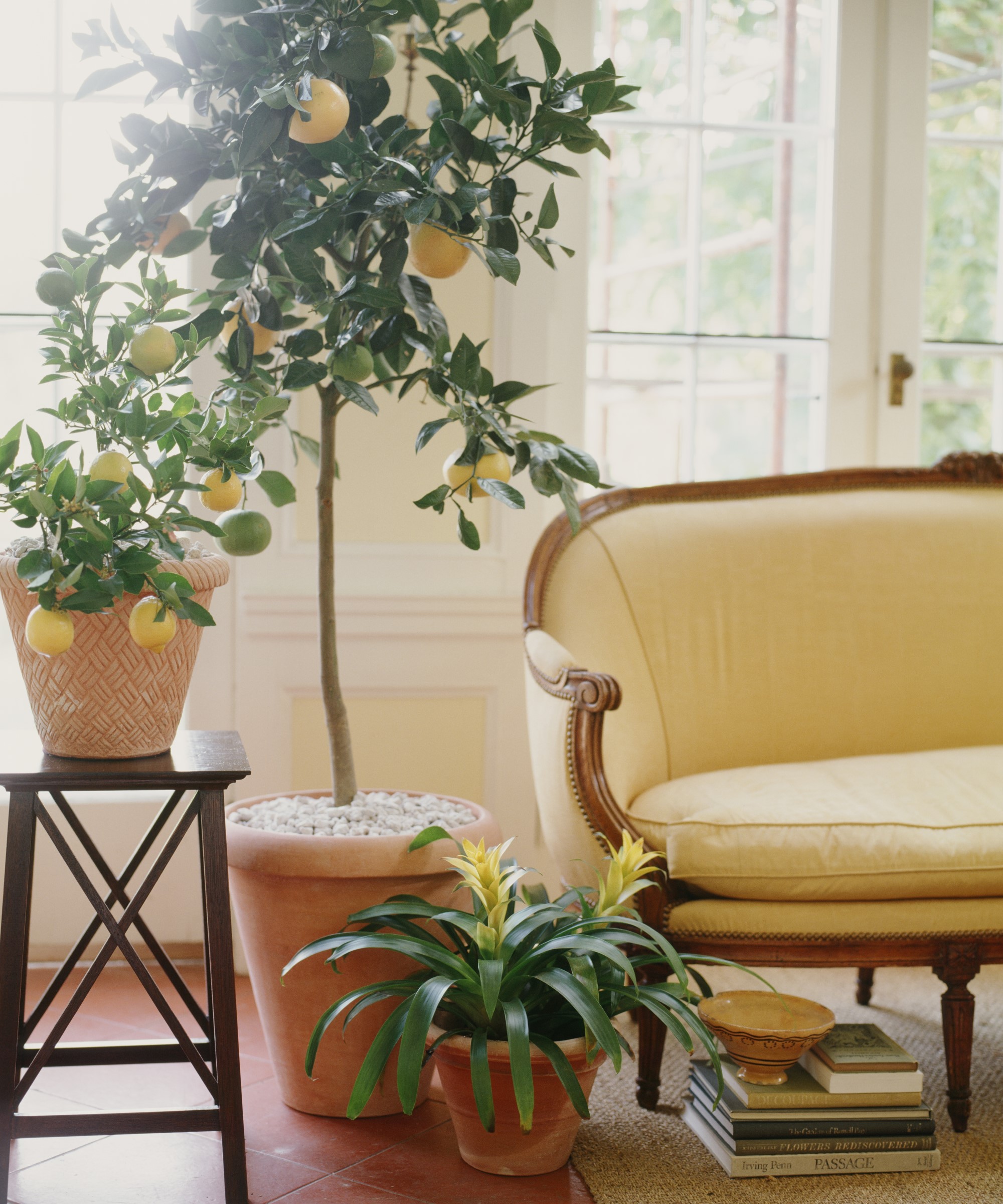
Provided they have a good amount on sun and heat on them, potted citrus trees can thrive indoors and give you a mild, orange or lemon fragrance when in flower.
They have rich, glossy green foliage, and when in flower or growing fruit make for a glorious botanical feature to adorn a living room.
Fertilizing plants when growing citrus inside is critical. Citrus trees in pots should be fed every 3-4 weeks during the growing season with a dedicated citrus fertilizer, such as the Espoma Citrus Tone food available at Walmart, to replenish much-needed nutrients in the soil.
If this has inspired you to search for more plants to scent areas of your home or yard, you might be interested to read our take on plants to make your patio smell nice, too.
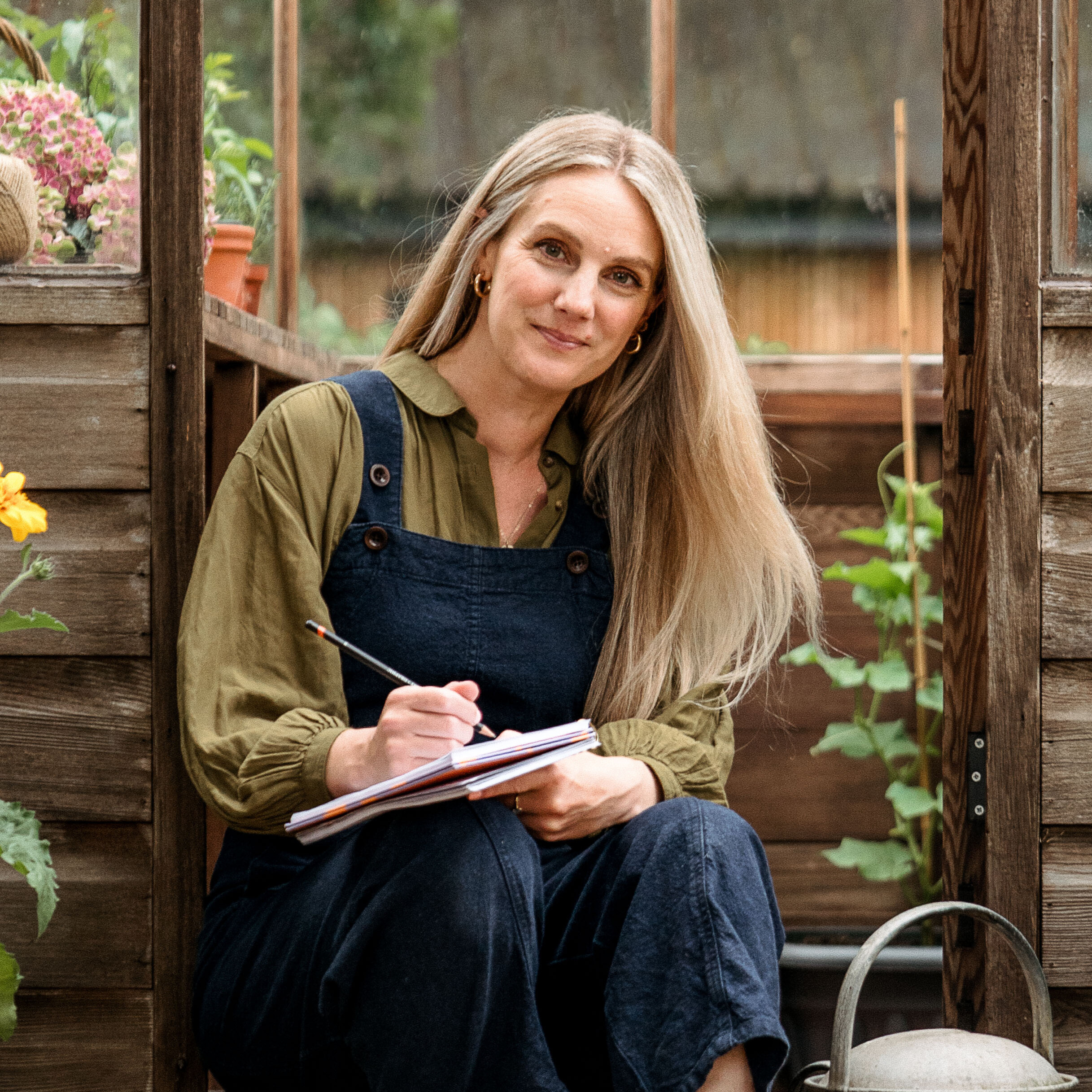
Rachel is a gardening editor, floral designer, flower grower and gardener. Her journalism career began on Country Living magazine, sparking a love of container gardening and wild planting. After several years as editor of floral art magazine The Flower Arranger, Rachel became a floral designer and stylist, before joining Homes & Gardens in 2023. She writes and presents the brand's weekly gardening and floristry social series Petals & Roots. An expert in cut flowers, she is particularly interested in sustainable gardening methods and growing flowers and herbs for wellbeing. Last summer, she was invited to Singapore to learn about the nation state's ambitious plan to create a city in nature, discovering a world of tropical planting and visionary urban horticulture.